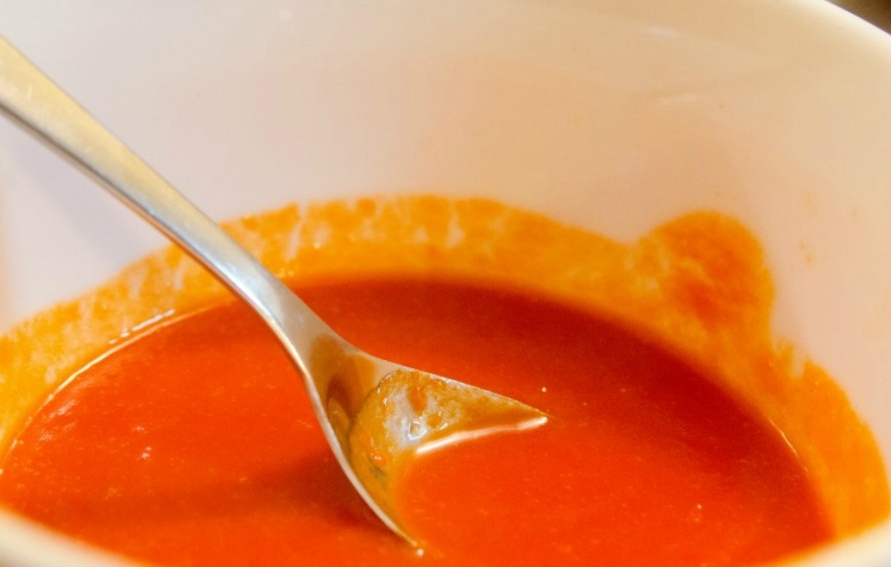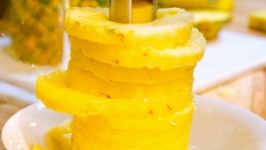Ingredients
- Whole or halved jalapenos with stems removed, enough to fill a one-quart container full of tightly-packed peppers
- 1 tablespoon Salt
Instructions
Fill a one-quart container about 2/3 full of peppers, packed tightly. Mix salt in enough filtered water to cover the peppers in at least a half-inch of liquid. The peppers will float, so weigh them down with a tight fitting weight: a clean rock, a small plate, a bottle filled with water, or whatever you have available. The important thing is that all the peppers remain submerged in the liquid. Cover the container with a dish towel to keep out dust or insects and set the prepared ferment out of direct sunlight with a fairly constant temperature. (Vegetable ferments tend to process best in the 65-75 degree temperature range.) Fermented pepper sauces benefit from lengthy fermentation times. At a bare minimum a month of fermenting is recommended, but these sauces can be left alone for months and even up to a year. (Or longer! Tabasco Sauce is fermented for up to three years.) When the peppers have reached a desired fermentation level, put the peppers and their liquid in a food processor or blender to create a thick fermented slurry. You can keep the condiment thick or you can use a food mill or sieve to remove the pepper skin and seeds from the liquid. Depending on taste you can add ¼ cup white or apple cider vinegar to make the sauce more acidic. Fermented hot sauce can be kept in a bottle in the refrigerator indefinitely.
Variations: Adding garlic cloves or onion slices will produce nice flavors. For a milder sauce use mild peppers combined with carrots or celery. Black pepper, cumin, basil, or oregano are also good additions. For a fruitier condiment, add some fresh pineapple and ginger root to the ferment.







